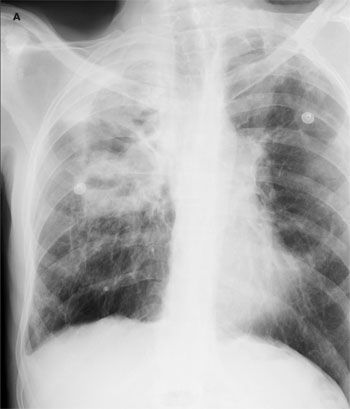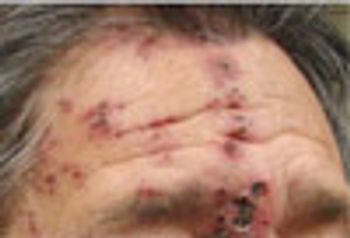
Early in his keynote address, James Orbinski, MD, Senior Fellow at the University of Toronto and one of the world’s leading scholars and scientists in global health, complimented the United States on the recent passage of its health care bill, a “seminal achievement” that he said brought the US “just a hair’s breadth away” from achieving universal health care.





















































































































































































































































































